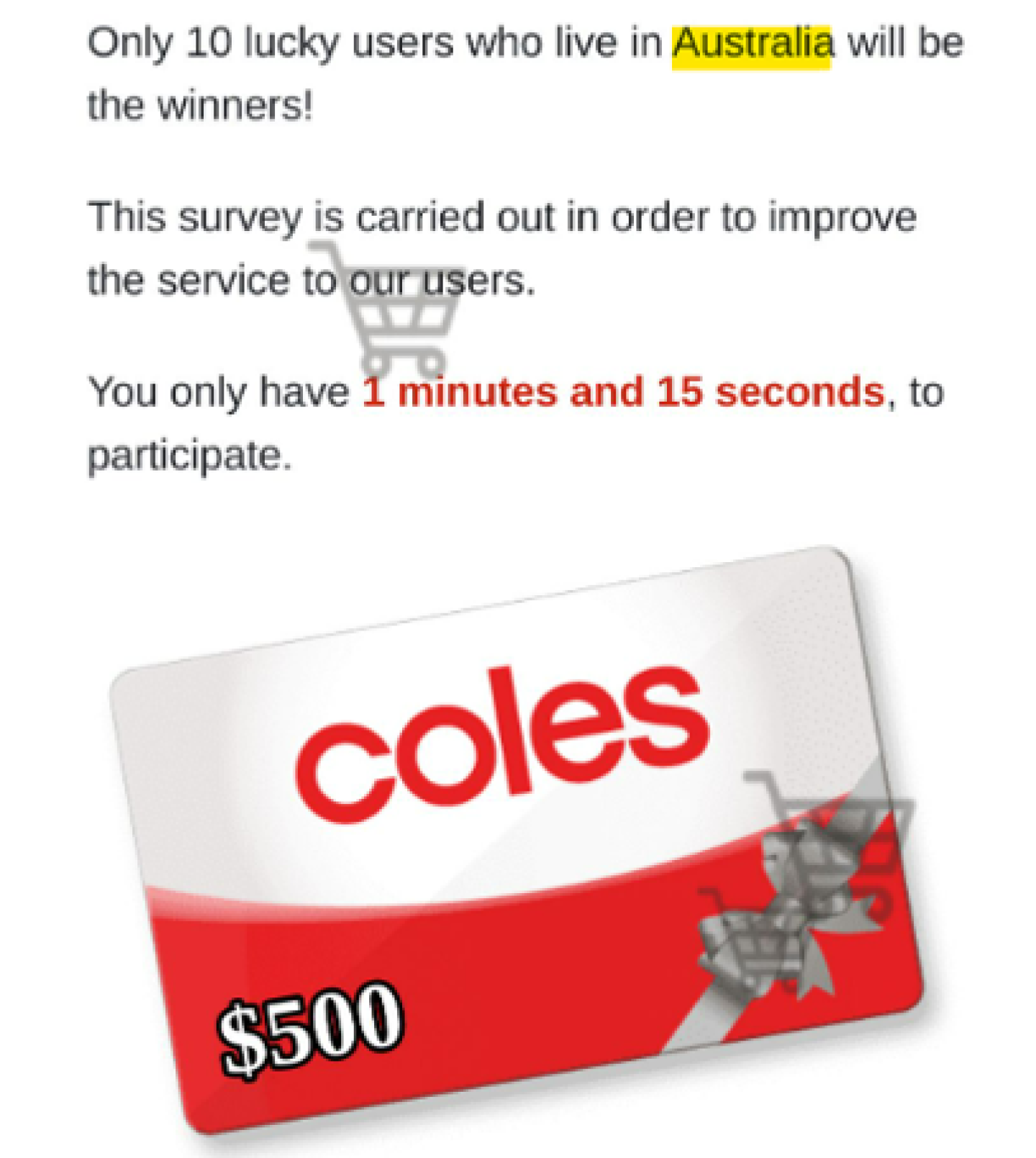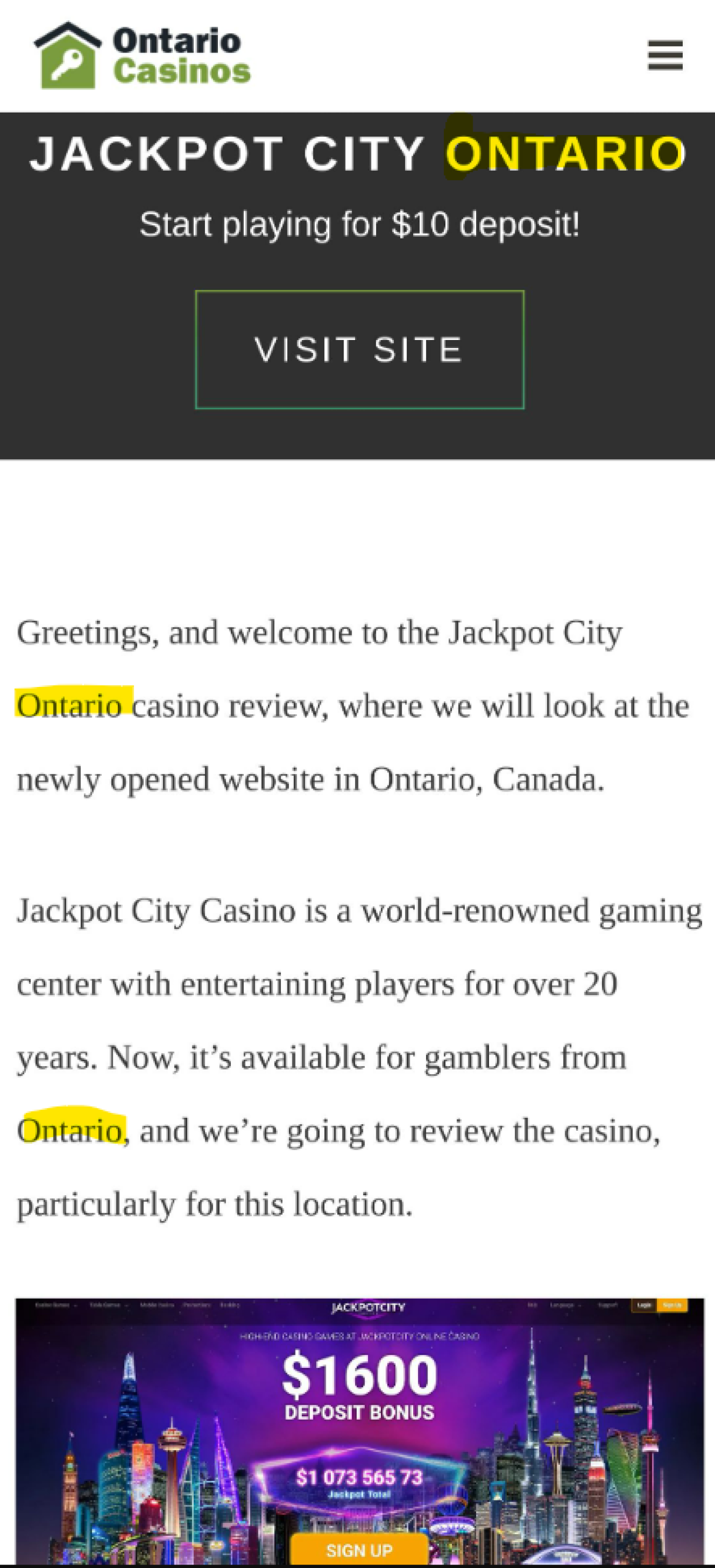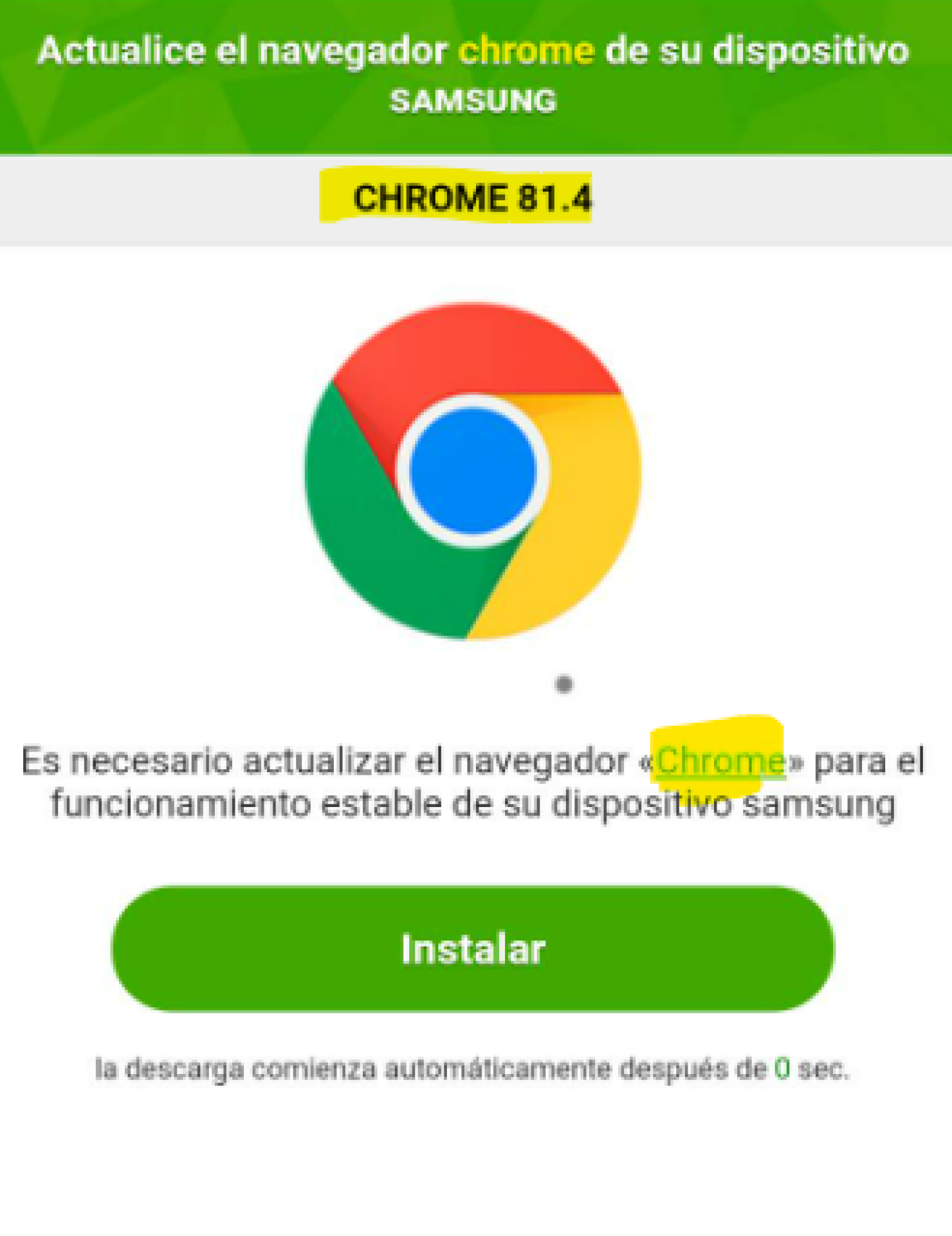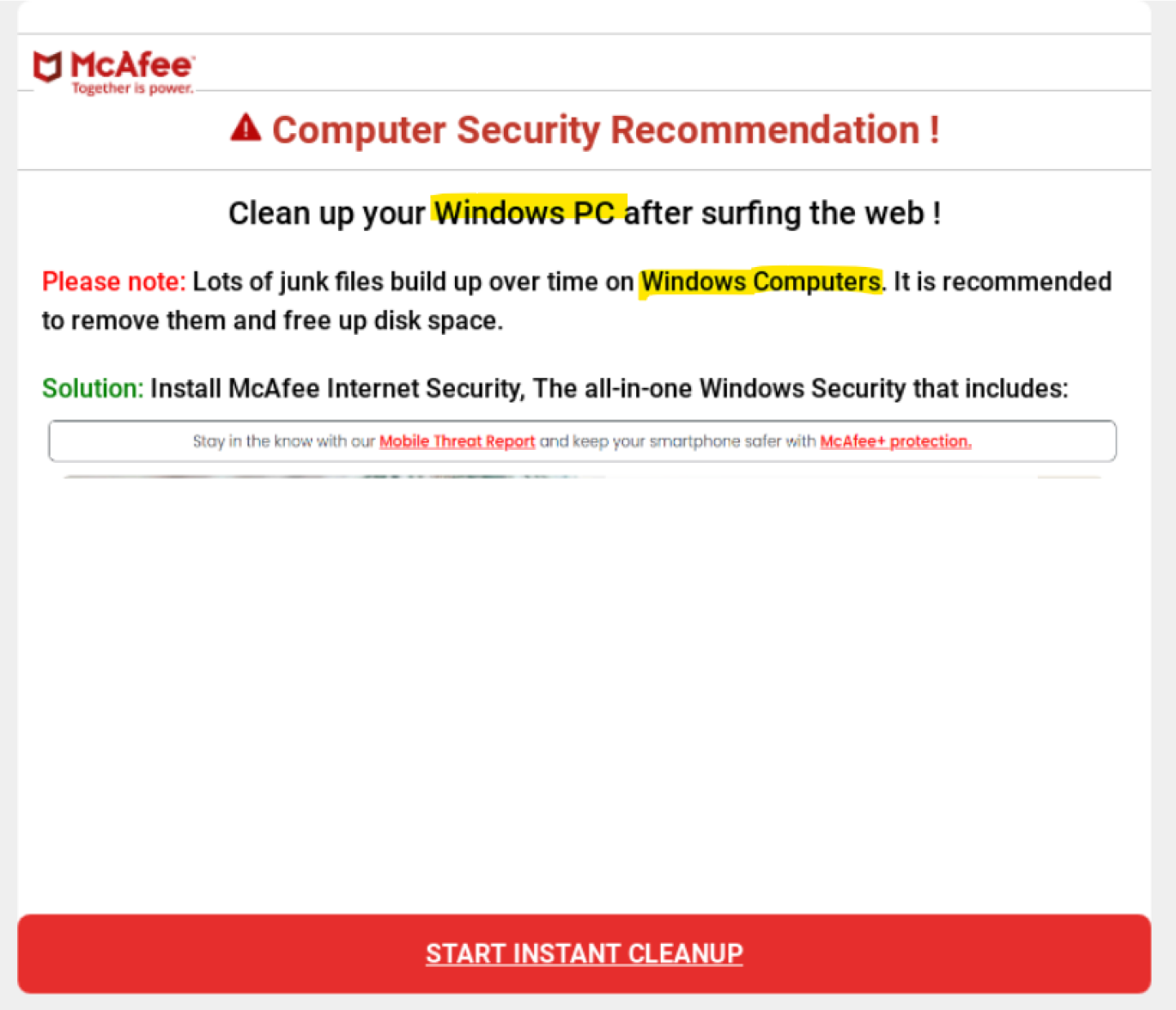
Our spy tools monitor millions of popup and pop-under from over 90+ countries and thousands of publishers.
Get StartedPop-up ads are notoriously known around the world for being annoying. Many internet users leave any page they are viewing and go to other websites where they can have a pleasant and uninterrupted browsing experience.
However, pop-up ads can be incredibly effective if utilized properly. The annoying ads people think are intrusive can become fertile ground to cash in some golden conversions every time.
If you want to create an effective pop-up ad that will reach your audience, you must ensure it is relevant and engaging. And one of the ways to do that is through Dynamic Content.
Dynamic content refers to the element of a website or advertisement that is customized to change based on various factors such as location, time of day, user behavior, and more. In pop-up ads, dynamic content changes based on user demographics and other information gathered from the click.
One of the most common uses of dynamic content in pop-up ads is personalized messaging. This involves using data about the user's browsing behavior and demographics to present a message that is highly relevant to them.
For example, a website might use information about the user's location to present them with a pop-up ad that highlights a local service or event.
When it comes to web content, there are two types: Dynamic and Static.
As we've mentioned above, Dynamic content is constantly changing and is based on the viewer’s information.
On the other hand, Static content is, as its name suggests, fixed and unchanging. The images, text, and videos uploaded once remain the same, whoever the viewer. What is shown to one is shown to all.
While both static and dynamic content has their merits, it's important to understand their differences. Static content is great for things like company information, product descriptions, and basic web pages that don't require frequent updates. It's also typically easier and faster to load since there's no need to pull data from a database or API constantly.
However, dynamic content offers a more personalized and interactive experience for users. It can provide real-time updates and personalized recommendations and even build community engagement through user-generated content.
But choosing dynamic content will allow you to reach more audiences and expect more conversions. This is because the pop-up ads are now engineered to their personal tastes. Think of it as talking to them directly because you know what tics them. This way, they are likelier to believe whatever you tell them and follow your call to action.
Adapting dynamic content on your landing page offers a wealth of benefits that you don't want to miss.
Here are some major advantages you can gain by using dynamic content.
In today's hyper-connected digital world, users are bombarded with a never-ending stream of ads, emails, and web content. And let's be honest, most of it is irrelevant, uninteresting, and quickly forgotten.
But with dynamic content, businesses can break through the noise by creating hyper-relevant, personalized pop-up ads that cater to the individual's unique interests and preferences. No more generic ads that make them feel like a number!
In addition, dynamic content allows businesses to show that they truly understand and care about their customer's needs. If you engage users with content that is fitted to their personal interests, you create a lasting impression that sets you apart from the competition.
When it comes to online advertising, pop-up ads can be a nuisance.
However, with the advent of dynamic content, this form of advertising has become much more tolerable. By offering relevant and engaging content that users find valuable, pop-up ads with dynamic content can improve the user experience.
Not only are these ads less intrusive and annoying than static ads, but they can also help users discover new products, services, and deals they may not have otherwise known about. While pop-up ads may have a less-than-stellar reputation, there's no denying that dynamic content has helped make them much more user-friendly.
If the user experience is better, it’s only reasonable to see higher engagement rates!
Viewability is one of the biggest hurdles with pop advertising — one look and users close it without hesitation. But if you have a way to capture their attention in a split-second, then your chances of getting them to engage with your landing page also increase.
As such, higher Click-Thru Rates can also be expected.
Regarding digital marketing, higher conversion rates are a top priority for businesses of all sizes. Thanks to the power of dynamic content, this goal is more attainable than ever.
Customized content not only drives engagement but also boosts conversion rates. Research reveals that 89% of marketers see better conversion rates and ROI when
utilizing personalization strategies.
So, whether you're a savvy marketer or just looking to up your business game, dynamic content is a must-have tool for achieving higher conversion rates and driving meaningful results.
For content to change dynamically, you need two things:
a URL with dynamic tokens, and
a landing page with a script that contains the same tokens.
A dynamic token is a variable or a placeholder that automatically changes based on the information gathered by the browser or the publishing page. It must be incorporated into the URL of the page and the actual page for it to work.
It should look like this:
http://yourdomain.com?click={clickID}¶meter1={parameter1token}¶meter2={parameter2token}
To use dynamic tokens, you'll first need to identify the data points to personalize for each viewer. This can include browsing habits, location, and name, among others. Now for pop ads, you can’t really collect the names at the onset, so we’ll settle for data points that you can easily identify.
Once you know what data points to use and the parameters and tokens identified, you must incorporate dynamic tokens within the landing page’s content using a specific format. The most common way to add such script is through HTML code.
A script on a landing page’s content can look like this:
<p>Only 10 lucky users who live in <script>document.write(getParameterByName('country'))</script> will be the winners!</p>
...where country is the data you want to input dynamically and getParameterByName is the command.
And in the header, you need to add this script:
<script>
function getParameterByName(name) {
return decodeURIComponent(
(RegExp(name + '=' + '(.+?)(&|$)').exec(location.search)||[,null])[1] || ''
);
}
</script>
This tells your webpage what the getParameterByName function is.
When the pop-up is triggered by a click on the publisher’s website, the dynamic tokens on the popup ads’ URL auto-populate with the right information. When this happens, the tokens on the landing page also populate.
This is what you call a Dynamic Call-out.
So for the example above, this should be the result:
Take note that the scripts above are just examples (this is actually used in Bemob). However, the script depends on the platform you are using.
For instance, since the landing page in my example is being passed through the Bemob tracker, I used Bemob's script to ensure that the correct parameters and variables are passed.
Here are some parameters that will allow you to create dynamic content on your landing page. We will provide sample parameters here, though essentially, you can name the parameter as you wish as long as you remain consistent wherever the code is used. For example, you can use p1 for country. Just as long as everywhere the "country" parameter appears, it is replaced with "p1.'
As for the tokens, make sure you follow that of your tracking platform.
Geolocation data can be obtained by browsers and pages in several ways. One is through GPS data, and the other is through the user’s IP address data.
Here are some location parameters you can track and use:
| Parameter | Token |
|---|---|
| country | {country} |
| countryCode | {countryCode} |
| city | {city} |
| region | {region} |
Here’s an example of an ad that utilizes the location dynamic variables.
If you have an affiliate offer where the device being used matters, telling a user outright that you know their device and even the version can improve conversions — most especially for app installs and software downloads.
| Parameter | Token |
|---|---|
| deviceType | {deviceType} |
| deviceName | {deviceName} |
| deviceVendor | {deviceVendor} |
| deviceModel | {deviceModel} |
Here’s an example of an ad that uses device information on the landing page:
This type of information works best on offers for browser extensions, apps, and software installs.
| Parameter | Token |
|---|---|
| browser | {browser} |
| browserVersion | {browserVersion} |
Here’s an example of one such ad:
Just like the browser information, the OS information is useful for apps and software installs offers.
| Parameter | Token |
|---|---|
| os | {os} |
| osVersion | {osVersion} |
Here’s an example:
Seeing your IP and ISP exposed are some of the best ways to get users to download VPN and Utility offers.
| Parameter | Token |
|---|---|
| ISP | {isp} |
| IP | {ip} |
| connectionType | {connectionType} |
| mobileCarrier | {mobileCarrier} |
Note that the connection type is for mobile data or WiFi.
Here are some pop ad examples for this:
Finally, in some cases, it can be useful to mention the current date to create dynamic content focused on (or want to look like) current events.
For example, a website that looks like it’s delivering breaking news stories might use the current date to highlight stories that are particularly timely or relevant or to give the impression that their coverage is up-to-the-minute and exclusive. It makes the content look legitimate.
If it matters, you can even add the day of the week.
Similarly, a landing page that offers daily deals, promotions, or sweepstakes might use the current date to create a sense of urgency or exclusivity, encouraging users to take advantage of time-limited offers before they expire.
Here are variables you can use for this:
| Parameter | Token |
|---|---|
| date | {date} |
| day | {day} |
Take note that you may not even need to use the parameters for date, day, and even time in your URL since the browser captures that information intrinsically. Just make sure to place the dynamic token within the content where you want it to appear.
Overall, when it comes to creating personalized dynamic content, there are several factors to keep in mind that cater to the unique needs and interests of each user. By considering factors like user geolocation, device and browser compatibility, and current date, you can create truly engaging and personalized experiences that keep users returning for more.
Dynamic content in pop-up ad campaigns is a powerful tool for advertisers. It allows customized messages tailored to users' demographic and other easily captured information. When deployed in pop-up ads, dynamic content can say the right message to the right user at the right time. This results in higher engagement and, ultimately, greater conversion rates.
Incorporating dynamic content into pop-up ads isn't limited to product recommendations, personalized offers, or interactive elements. Instead, advertisers can leverage this technology to deliver value to users.
By doing so, ads become less of an annoyance and more of a potential source of information. Users are more likely to interact and convert when they feel satisfied with the ads they see.
Tons of marketers are already adding dynamic content to their pop ads!
Sign-up to Anstrex Pops today and find out how successful advertisers are using this technique with their ads.
Tags
Receive top converting landing pages in your inbox every week from us.
How-To
Native ads can do more than drive clicks—they can build long-term brand loyalty. Learn how to use authentic storytelling, strategic placement, and audience targeting to strengthen trust during year-end campaigns. Discover how subtle, value-driven messaging keeps customers engaged beyond the holidays. Ideal for marketers aiming to turn seasonal buyers into loyal brand advocates.
Marcus Chen
7 minDec 15, 2025
How-To
The end of third-party cookies is reshaping affiliate marketing, but adaptation brings new opportunities. Learn how to implement privacy-friendly tracking solutions that maintain accuracy and performance. Discover technologies and strategies to future-proof your campaigns and stay compliant in 2025. Perfect for affiliates determined to thrive in a cookieless digital landscape.
Samantha Reed
7 minDec 14, 2025
Tips & Tricks
Smooth fulfillment is the key to a successful holiday dropshipping season. Discover seven practical tips to streamline your operations, manage shipping delays, and keep customers happy during peak demand. Learn how to coordinate with suppliers, optimize inventory, and ensure timely deliveries. Perfect for dropshippers aiming for a stress-free and profitable holiday rush.
Dan Smith
7 minDec 13, 2025







